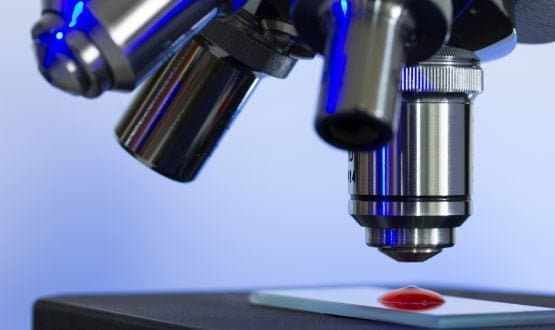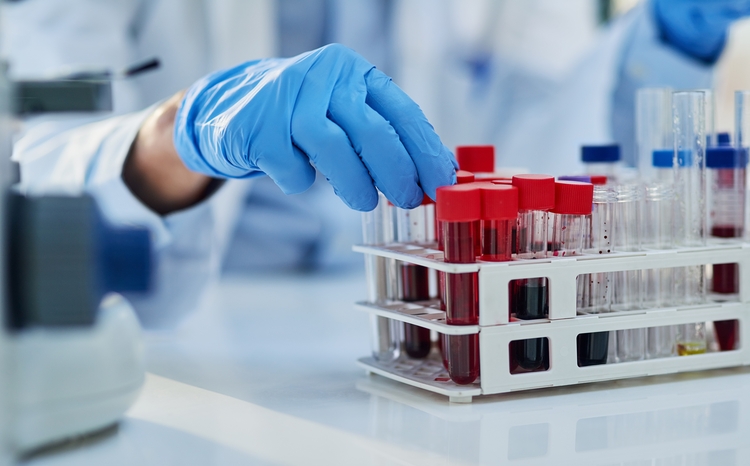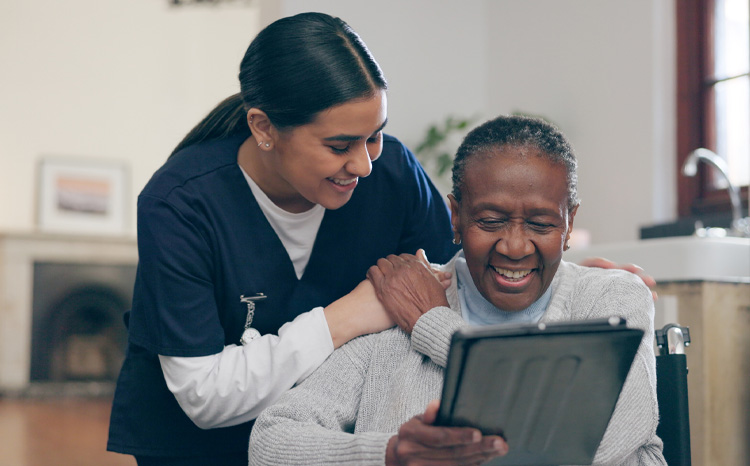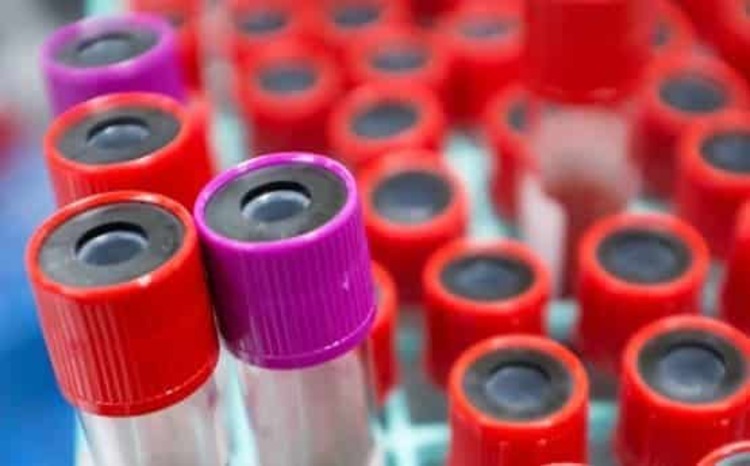Shared digital pathology network set-up in the north
- 20 October 2016

A first of its kind digital histopathology partnership has been created between two northern trusts to accelerate the turnaround on test results.
Sheffield Teaching Hospitals NHS Trust and Hull and East Yorkshire Hospitals NHS Trust have developed a network that allows samples to be rapidly sent and analysed by pathologists between both trusts.
The East and South Yorkshire Digital Pathology Network, or EASY Path, uses a Philips’ IntelliSite pathology product, which can transfer the slides digital over a network rather than physically.
More than 70% of diagnoses are dependent on pathology, including cancer.
Anne Campbell, clinical director for pathology at Hull and East Yorkshire, said the “ultimate aim is that there will be a virtual network of sub specialists in histopathology”.
Currently her trust sends thirty samples a week to Sheffield over the network, and in the future samples will be sent in opposite direction.
The Philips solution is an open platform that integrates slide scanners, an image management system and a web-based pathology case viewer. It went live at the trusts in July.
Stuart Shand, commercial operations director for digital pathology solutions at Philips, said the system was faster and easier than physically moving glass slides.
“When we’re thinking of the diagnosis working manually it can be days, but when it’s digital this can be sent in seconds or minutes. In terms of getting that diagnosis to the cancer patient as quick as possible, digital really opens the doors.”
Campbell said the new system had had its challenges.
After going live, the initial scanner the trust used broke down. It had also taken time for staff to become accustomed to digital scanning rather than a microscope and very occasionally slides had to be re-scanned.
EASY Path has been in development for 18 months, and was partly to meet growing demand and a growing shortage of pathologists.
The network could also help to cover staff holidays and allow specialists to work remotely, Campbell said.
Branko Perunovic, clinical director of laboratory medicine at Sheffield Teaching, said in a statement that the software is not limited to the two trusts.
“Our system can also be available to other trusts across the NHS because it uses digital technology and so it does not need trusts to be located close to each other.”
Other trusts have made moves to digitalise their pathology. In May this year, Path Links, a pathology service for Lincolnshire, upgraded to digital pathology in a bid to enhance cancer diagnostics.
At the time, Path Links general manager, Mick Chomyn, said the switch to digital pathology could do for histopathology what PACS has done for radiology.
The importance of pathology IT at large trusts was demonstrated at Leeds Teaching Hospitals NHS Trust last month after its pathology system crashed, leading to GPs being asked to prioritise blood tests and postponements of operations.
Both Sheffield Teaching and Hull and East Yorkshire are running a Lorenzo electronic patient record system, deployed last year with the help of post-NPfIT funding.
Both have also previously reported post-deployment issues with the system, including financial and data quality problems.
Digital Health Intelligence: holds information on the clinical systems installed at trusts across the UK and uses this to calculate a Clinical Digital Maturity Index score. Sheffield Teaching Hospitals NHS Trust has a score of 73 and a ranking of 68 / 152 while Hull and East Yorkshire Hospitals NHS Trust has a score of 64 and a ranking of 108 / 152. (subscription / log-in required).




